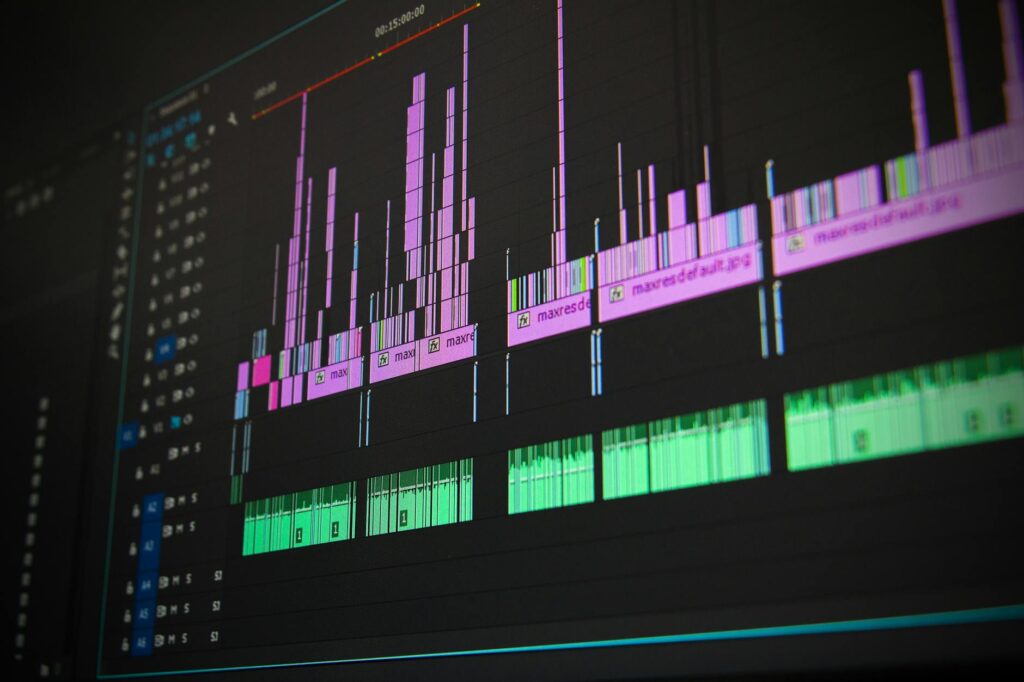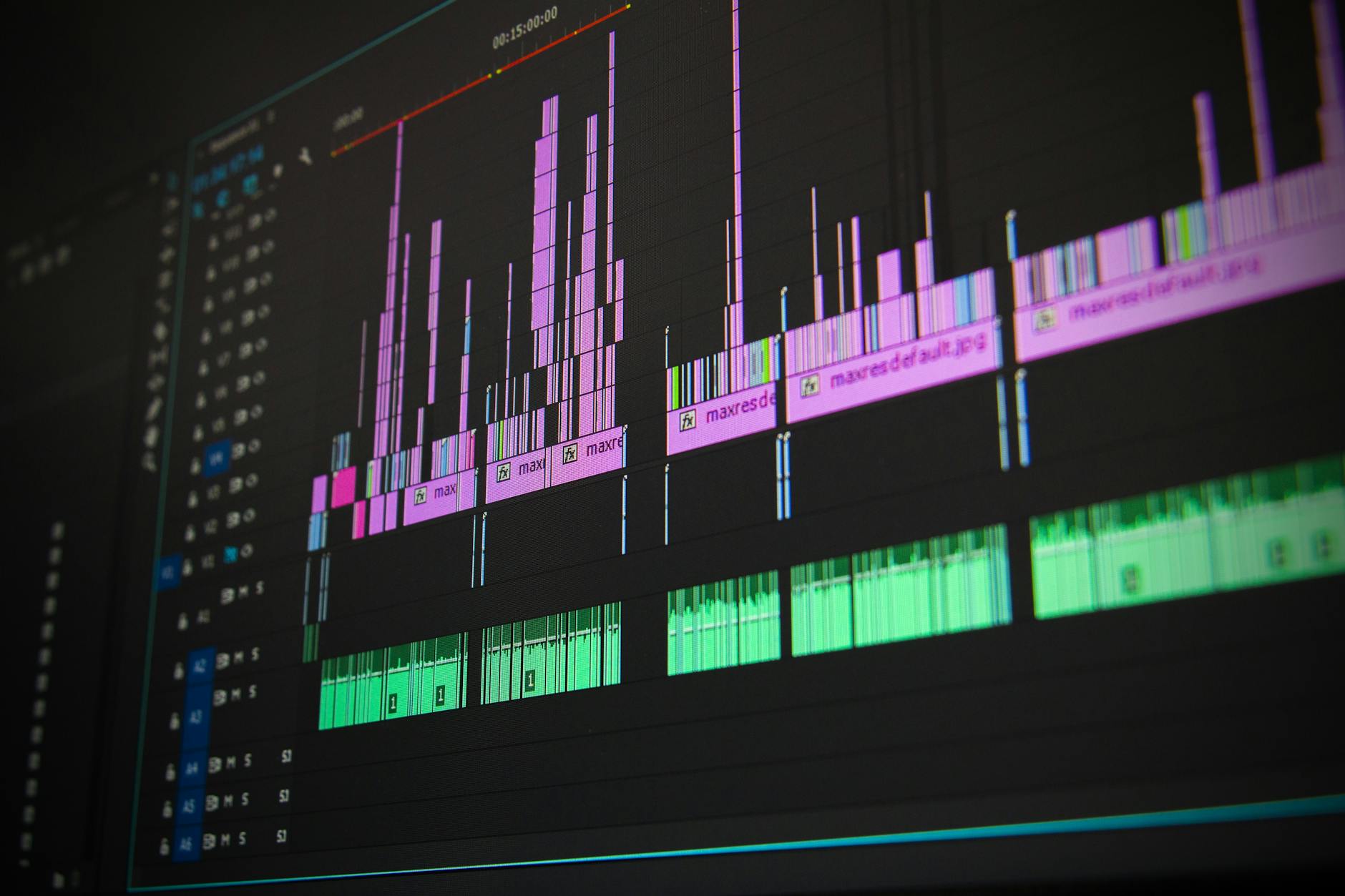What is analysis paralysis?

What is analysis paralysis?
We’ve all been there—staring at a choice, feeling overwhelmed by options, and finding ourselves unable to decide. This phenomenon is known as analysis paralysis. Understanding it is crucial for improving productivity and decision-making, whether in business or personal life.
Understanding Analysis Paralysis
The Definition of Analysis Paralysis
At its core, analysis paralysis is the inability to make a decision due to overthinking a problem. It often occurs when individuals or groups have too much information or too many choices, leading to a state of indecision and frustration. This Wikipedia entry defines it succinctly as when the fear of making an erroneous choice overshadows the potential benefits of any decision made.
Psychological Factors Leading to Analysis Paralysis
Several psychological aspects contribute to analysis paralysis. Here are a few key factors:
-
Fear of Failure: The anxiety that accompanies the possibility of making a wrong decision can be crippling. This fear often leads to inaction, as individuals become paralyzed by the potential negative outcomes.
-
Perfectionism: Many people feel that they must make the “perfect” choice. This desire for perfection can create a mental block, making it hard to move forward as they endlessly weigh their options.
-
Overwhelming Choices: In our information-rich world, the sheer volume of choices can be daunting. The Verywell Mind article highlights how having too many options can overwhelm our cognitive abilities, leading to indecision.
Understanding these psychological underpinnings helps to recognize when you might be falling into the trap of analysis paralysis.
The Impact of Analysis Paralysis on Decision-Making
Effects on Productivity and Performance
The effects of analysis paralysis can be detrimental, particularly in professional settings. When team members are stuck in indecision, projects stall, deadlines are missed, and overall productivity plummets. A report from Cleveland Clinic emphasizes that overthinking can create an intense emotional reaction, slowing down progress and innovation.
Case Studies and Real-Life Examples
Consider a marketing team tasked with launching a new campaign. If they become bogged down by endless discussions about the perfect slogan or image, they risk missing the launch window entirely. Such instances reflect how analysis paralysis can hinder not just individual decision-making but also team dynamics.
In personal life, think about a simple scenario—choosing what to have for dinner. Faced with a myriad of options, one might spend too much time deliberating, resulting in missed dinner time and unnecessary stress.
Overcoming Analysis Paralysis
Setting Clear Goals and Priorities
To combat analysis paralysis, it helps to set clear goals and priorities. When you define what you want to achieve, it becomes easier to filter options. Establishing specific and measurable objectives can reduce overwhelm and guide your decision-making process.
Decision-Making Techniques
Several techniques can facilitate better decision-making:
-
The 80/20 Rule: Focus on the 20% of choices that will yield 80% of the results. This principle can simplify your decision-making by nudging you to prioritize what truly matters.
-
Time-Boxing: Allocate a fixed time to make a decision. This creates a sense of urgency that can drive you away from endless deliberation.
-
Pros-and-Cons Lists: Writing down the advantages and disadvantages of each option can provide clarity. This technique organizes thoughts and can help illuminate the best choice.
For further insights, you can explore Atlassian’s blog on overcoming analysis paralysis for practical tips.
Embracing Imperfection and Flexibility
Another crucial aspect of overcoming analysis paralysis is adopting a mindset that embraces imperfection. Accept that mistakes are part of the learning process. By allowing room for errors and being adaptable, you’ll find it easier to make decisions without the paralyzing fear of consequences.
Conclusion and Key Takeaways
In conclusion, analysis paralysis can significantly hinder both personal and professional decision-making. By recognizing its psychological roots—such as fear of failure and overwhelming choices—you can take steps to mitigate its impact. Setting goals, employing effective decision-making techniques, and embracing a flexible mindset are all effective strategies.
Don’t let fear hold you back; take action and trust in your ability to learn from the outcomes. Remember, progress often trumps perfection.

Photo by Pixabay